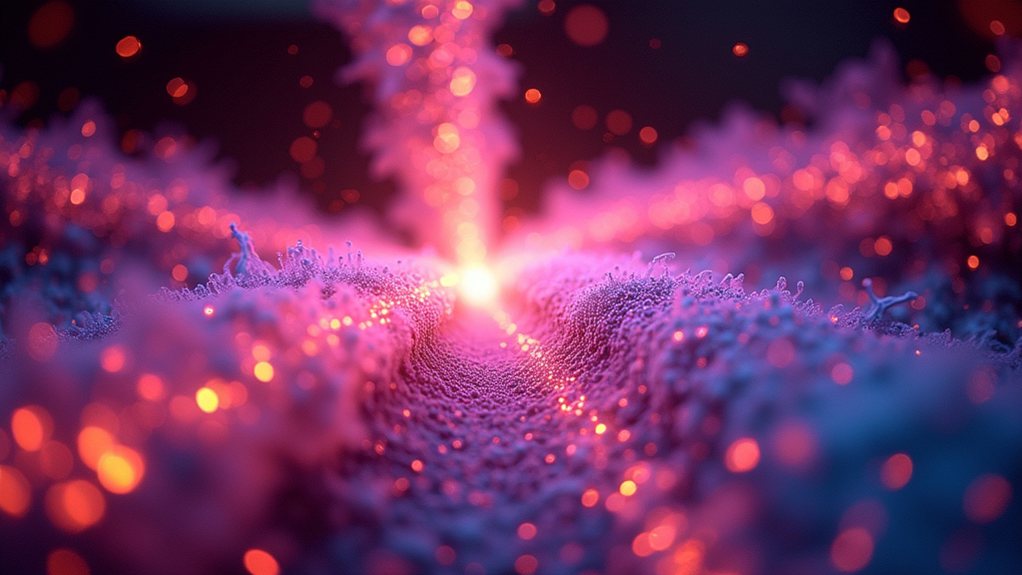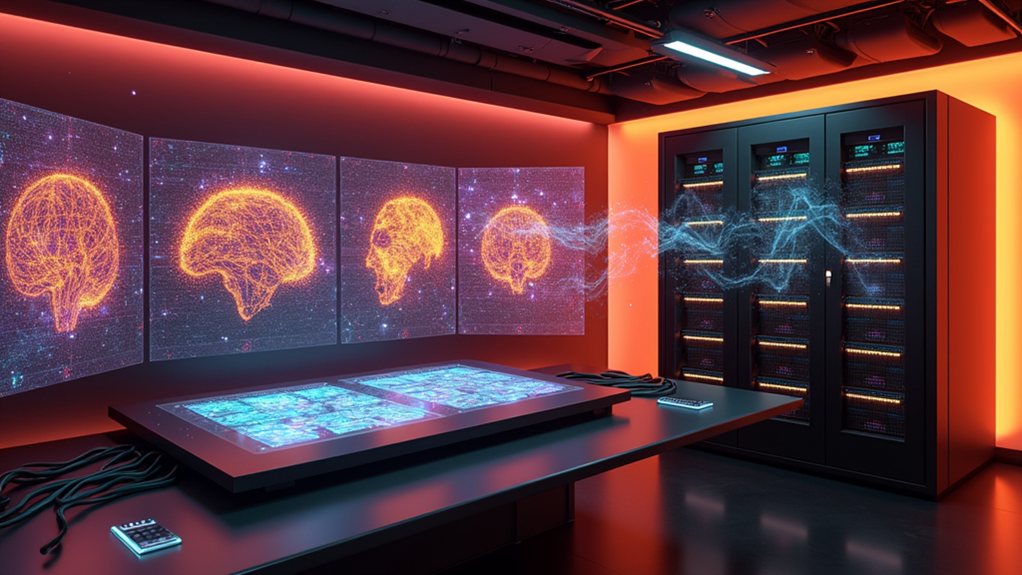In a groundbreaking twist, researchers at Emory University have turned to artificial intelligence to unravel the enigmatic forces lurking within dusty plasma—yes, that weird mix of ionized gas and tiny charged particles that somehow manages to exist in places like Saturn’s rings and our very own atmosphere. Who could have imagined that a bunch of space dust could hold the key to rewriting physics as we understand it?
These scientists didn’t just throw some data at a neural network and call it a day. No, they developed a specialized AI model trained with experimental data from dusty plasma experiments. This AI tracked 3D trajectories of plastic dust particles suspended in plasma using advanced imaging techniques. They used laser sheets and high-speed cameras to capture the action. It’s like sci-fi, but real.
The AI model was no slouch; it decomposed particle motion into drag-based velocity, environmental forces, and inter-particle interactions. All of this for detailed analysis. And guess what? The AI achieved over 99% accuracy in quantifying non-reciprocal forces between plasma particles. That’s not just good; that’s mind-blowing.
Now, here’s where it gets juicy. Dusty plasma has some peculiar properties. The forces within it are non-reciprocal. In layman’s terms, this means that if one particle pulls, the other may not pull back equally. This revelation smacks Newton’s third law in the face. The AI showed that leading particles pull trailing ones closer, while those trailing particles are like, “No thanks,” pushing back. Who knew plasma could be so dramatic?
This new insight contradicts traditional assumptions that the interactions in plasma decay exponentially and depend solely on distance and particle charge. The AI’s findings are shaking up decades of plasma theory, suggesting that there are complexities that physicists have overlooked. Moreover, the AI’s ability to reveal previously unknown forces in dusty plasma is poised to challenge established scientific theories. This research illustrates the potential of AI to discover new physics that could reshape our understanding of fundamental forces.
And the corrections? Oh boy. The AI revealed that a particle’s electric charge doesn’t just increase linearly with size. Nope. Plasma density and temperature also play a role. So, traditional textbooks? Time for a revision.
The AI methodology was pretty slick too. It wasn’t some opaque black box; it was designed to be interpretable, letting physicists peek inside and see how it worked. In a world where technology often feels like magic, this was invigorating.







